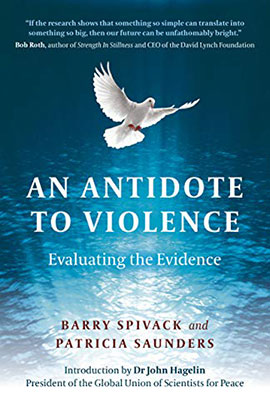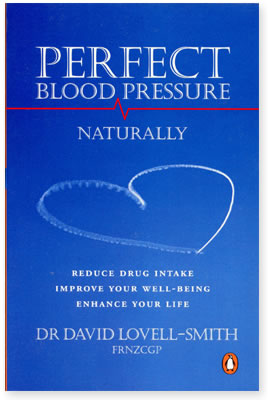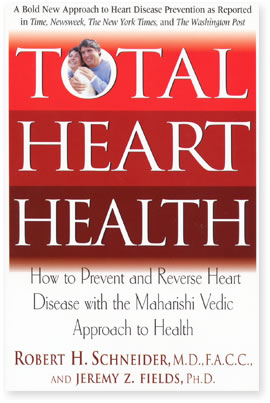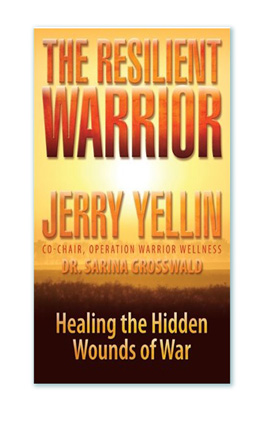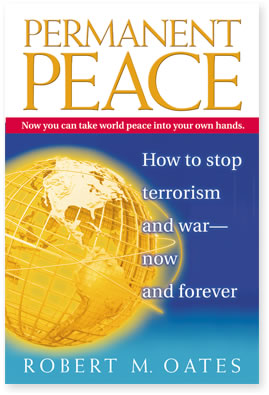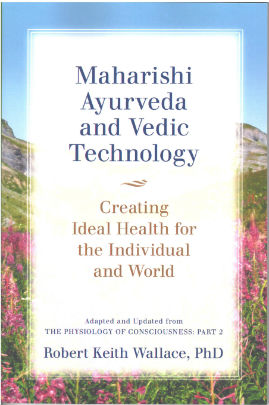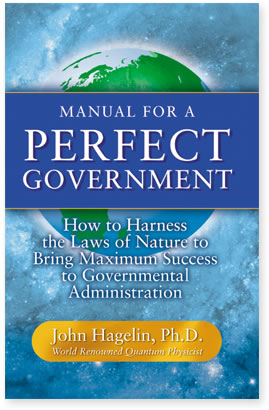Description
An Antidote to Violence: Evaluating the Evidence
by Barry Spivack and Patricia Saunders
The COVID-19 pandemic has put societies everywhere under extreme stress, and collective stress is often a precursor to outbreaks of violence. Striking features of this global health crisis have been the collective anxiety of the population, the wide variations in the way governments have responded, and the varying degree of their success.
While there is significant scientific research showing that meditation has a positive influence on the health and well being of individuals, is there any evidence that large-scale meditation can have a similar influence on societies in reducing stress and levels of violence?
“Yes” is the surprising inference from An Antidote to Violence: Evaluating the Evidence, which suggests that the level of collective anxiety and tension in society, or incoherence in collective consciousness, is the key element, which determines the success or failure of a government in tackling crime, violence, social unrest and ill-health.
Authors Barry Spivack and Patricia Saunders describe how a rise in collective tensions spills over into increased social unrest, crime, violence, accidental deaths and hospital emergencies. They examine 20 peer-reviewed studies from over four decades, indicating that it is possible to neutralize or reduce stress in collective consciousness through the practice of Transcendental Meditation (TM) and its advanced programs by a sufficient number of individuals, which is amplified in groups.
This is the first book that draws on all the peer-reviewed research and looks at the implications of the research as a whole rather than just individual papers. “Compiling so many consistent experimental results may indicate more than a statistical correlation; it justifies further research into a causal hypothesis.”
Soft cover, 338 pages

